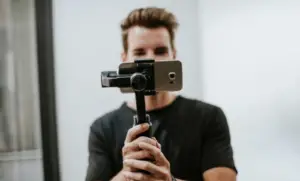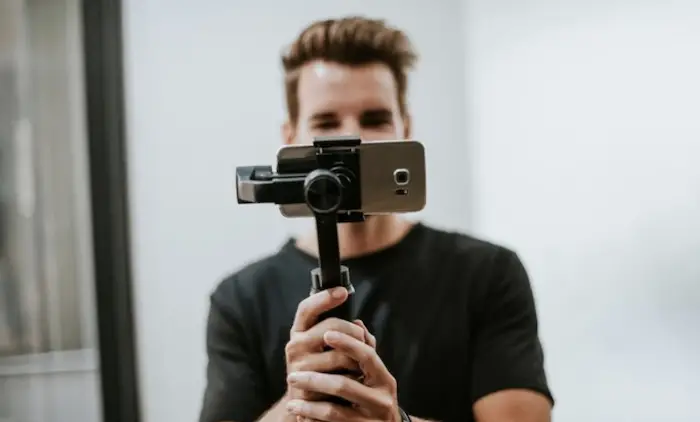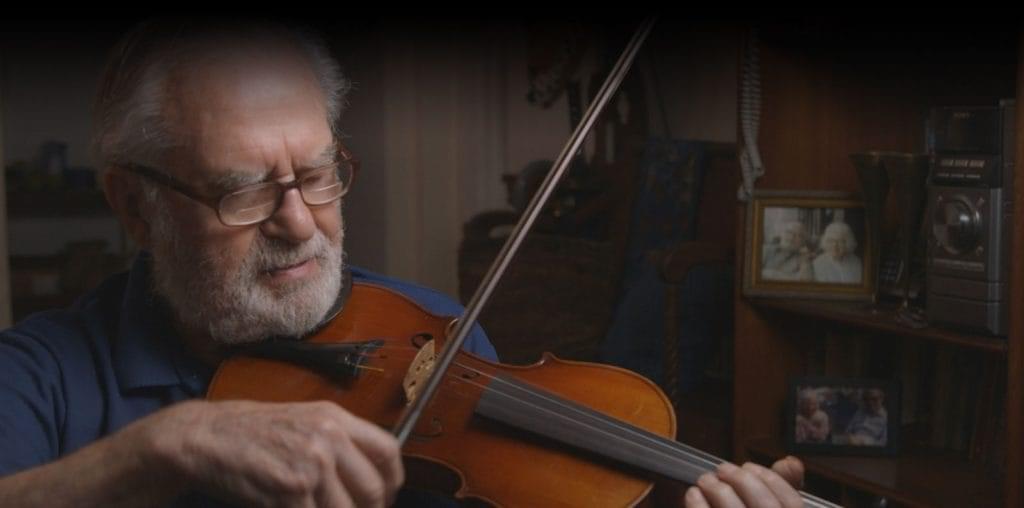
DIY filmmaking has evolved significantly over the years, making it more accessible than ever. With smartphone cameras becoming increasingly advanced, aspiring filmmakers can now shoot, edit, and even distribute high-quality films without expensive equipment or studio backing.
The question remains: can you truly make a great movie with just a phone?
The answer lies not just in technology but in creativity, resourcefulness, and storytelling skills.
This article explores the rise of smartphone filmmaking, essential techniques for capturing professional-quality visuals, and the future of mobile cinema.
The Evolution of DIY Filmmaking
Filmmaking has come a long way from requiring expensive cameras and studio setups to becoming an accessible art form that anyone can pursue.
With the rise of digital technology and smartphone advancements, DIY filmmaking has transformed into a mainstream movement, allowing creators to bring their visions to life with minimal resources.
The Shift from Traditional to Digital
Filmmaking has historically been an expensive art form, requiring professional cameras, lighting, and sound equipment.
However, with the advancement of digital technology, the barriers to entry have significantly decreased.
Independent filmmakers once relied on DSLR cameras and low-budget camcorders, but today, smartphone rtp slot are becoming a viable alternative.
Smartphones as a Filmmaking Tool
Modern smartphones now come equipped with high-resolution cameras, image stabilization, advanced autofocus, and manual controls, allowing for greater creative freedom.
With software improvements, AI-enhanced image processing, and third-party apps that offer professional-grade settings, mobile filmmaking is no longer just a budget-friendly option—it’s a creative choice.
The Power of Smartphone Filmmaking
Many aspiring filmmakers worry that using a phone may limit their ability to create visually compelling content.
However, a great film is more about storytelling, composition, and creativity than expensive gear. Here are some key advantages of smartphone filmmaking:
1. Accessibility & Affordability
Unlike professional cinema cameras that cost thousands of dollars, smartphones provide a cost-effective way to shoot high-quality films.
This democratization of filmmaking allows anyone with a vision to bring their ideas to life without needing a massive budget.
2. Portability & Convenience
Smartphones are lightweight and easy to carry, making them perfect for capturing spontaneous moments, shooting in tight spaces, or filming on the go.
Unlike traditional camera setups that require tripods, rigs, and lighting kits, smartphones can be used discreetly in various environments.
3. Fast & Efficient Workflow
With a smartphone, filmmakers can shoot, edit, and upload content seamlessly. Apps like Adobe Premiere Rush, LumaFusion, and DaVinci Resolve allow for on-the-go editing, making the entire production process faster and more efficient.
4. Creative Experimentation
Since smartphones are widely accessible, they allow filmmakers to experiment with unique angles, handheld shots, and natural lighting without worrying about damaging expensive equipment. This freedom encourages more innovation and creativity.
Essential Tips for Shooting a High-Quality Movie on a Phone
While smartphone cameras nagatop have made filmmaking more accessible, capturing professional-quality footage still requires the right techniques and tools.

From mastering lighting to stabilizing shots, these essential tips will help elevate your mobile filmmaking and ensure your final product looks polished and cinematic.
1. Use a Professional Camera App
The default camera app on most smartphones is designed for casual photography, not filmmaking.
Apps like FiLMiC Pro, Moment, and ProCamera provide manual controls over settings like ISO, shutter speed, white balance, and focus, allowing for a more cinematic look.
2. Master Lighting Techniques
Smartphone cameras perform best in well-lit environments. Since low-light conditions often result in grainy footage, it’s important to use natural light, LED panels, or bounce reflectors to achieve a professional look. Soft lighting can help create depth and add mood to a scene.
3. Stabilize Your Footage
Handheld footage can be shaky and distracting. To improve stability, consider using:
- Gimbals or stabilizers (such as the DJI Osmo Mobile) for smooth motion
- Tripods for static shots
- Handheld rigs for controlled movement
Many smartphones also have optical and electronic stabilization, but external stabilizers provide better results.
4. Pay Attention to Composition
A well-composed shot is crucial for visual storytelling. Apply principles such as:
- The rule of thirds: Align subjects along the grid lines for balanced framing.
- Leading lines: Use natural lines in the scene to guide the viewer’s eye.
- Symmetry and depth: Create visually interesting compositions using reflections, backgrounds, and foreground elements.
5. Prioritize Audio Quality
Smartphone microphones are not designed for high-quality audio recording. Poor sound quality can ruin even the most well-shot film.
Invest in external audio equipment such as:
- Shotgun microphones for directional sound capture
- Lavalier microphones for clear dialogue recording
- Portable audio recorders for better sound control
Alternatively, record audio separately and sync it in post-production for improved clarity.
6. Enhance Your Film with Editing Tools
Editing is where a film truly comes together. While smartphones offer basic editing apps, desktop software provides more flexibility for professional results.
Popular editing tools include:
- Mobile Apps: LumaFusion, Kinemaster, Adobe Premiere Rush
- Desktop Software: Adobe Premiere Pro, Final Cut Pro, DaVinci Resolve
Color grading, sound mixing, and visual effects can significantly enhance the overall production value of a film.
Conclusion
The rise of smartphone filmmaking has revolutionized the way movies are made, making high-quality production accessible to anyone with a phone and a creative vision. While expensive equipment can enhance a film’s production value, storytelling, composition, lighting, and audio quality matter far more than the device used to shoot the film.
With the right techniques and tools, a smartphone can be transformed into a powerful filmmaking device. As technology continues to evolve, the future of DIY filmmaking looks brighter than ever, proving that great movies are no longer limited to those with big budgets and professional studios.


